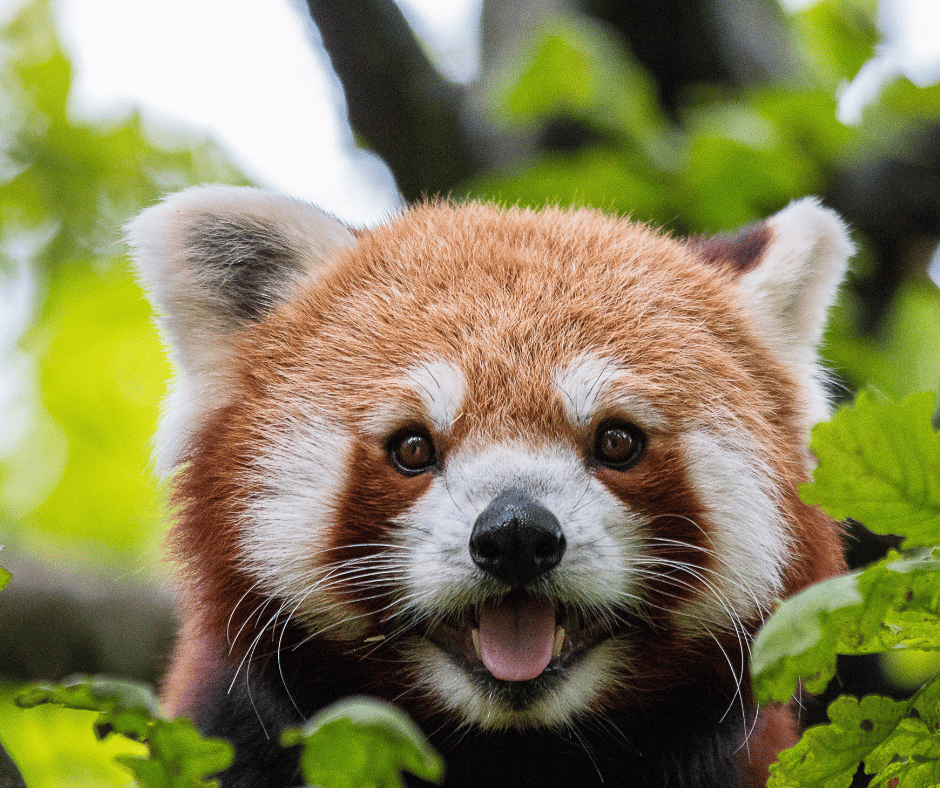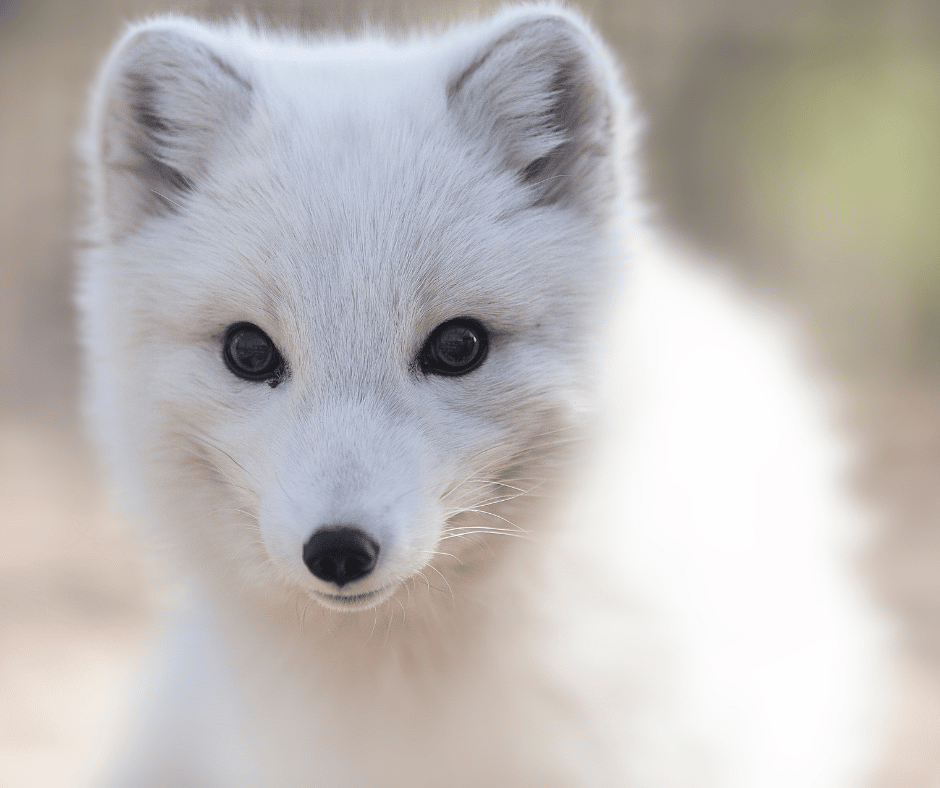Do you like animals that are furry? If so, you’re in luck, because this blog post is all about the most furry animals on Earth! From the teddy bear to the red panda, these creatures are sure to make your heart melt. We’ll discuss why they have fur, what their habitats are like, and how you can help protect them. So without further ado, let’s get started!

The teddy bear is probably the most iconic furry animal. This adorable mammal can be found all over the world, but its native habitat is mainly North America and Europe. Teddy Bears have thick fur coats that help keep them warm in cold weather and make them great cuddling partners! They also have long claws and sharp teeth, which they use to defend themselves against predators.
Another iconic creature that has a lot of fur is the red panda. These animals are native to China, India, Myanmar, and Nepal. Red pandas have thick red fur on their bodies as well as white markings around their eyes and nose. Their tail is also very bushy – it’s actually almost half the size of their body!
Red pandas live in temperate forests, eating mostly bamboo shoots. They like to stay close to the ground so they can better camouflage themselves from predators. Red pandas are also endangered and vulnerable due to deforestation and poaching, so it’s important to help protect them if you can.
Finally, we have the Arctic fox. This adorable animal is native to North America, Greenland, Scandinavia, Iceland, Svalbard, and Russia. Arctic foxes have thick white fur that helps keep them warm in cold climates. Their tails are long and bushy as well – which helps them balance when running on uneven terrain!

Arctic foxes live in tundras and other icy habitats where there isn’t much vegetation for food. They mainly eat small animals like lemmings, voles, and birds. Arctic foxes are also threatened by climate change and other human activities, so it’s important to help protect them if you can.
These are just a few of the most furry animals on Earth! Whether they’re cute teddy bears or majestic red pandas, these creatures should not be taken for granted. We must do our part to help protect them and their natural habitats from destruction. So next time you spot one of these adorable creatures, remember that there is still much work to be done in order to ensure their survival for generations to come!
